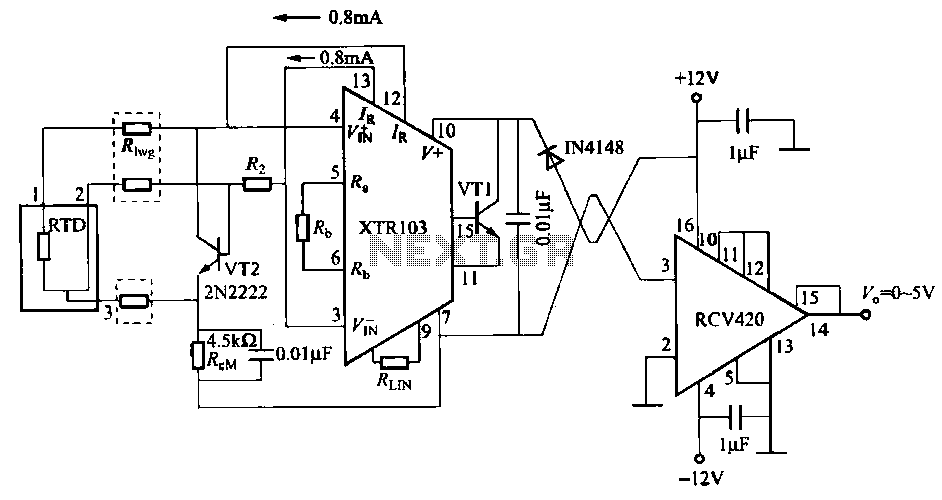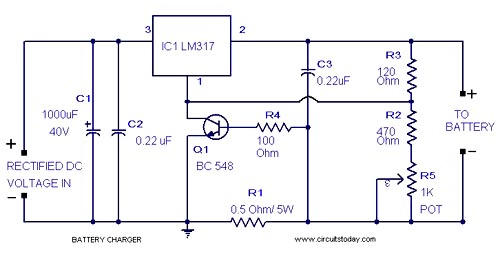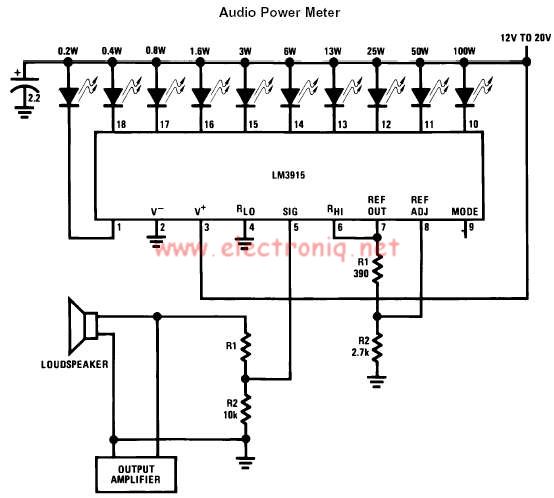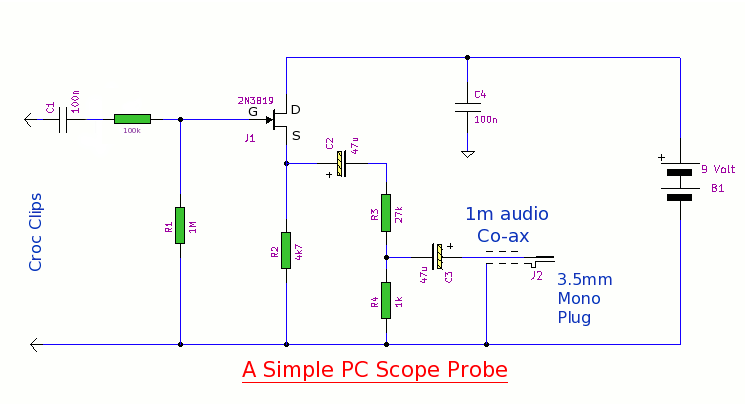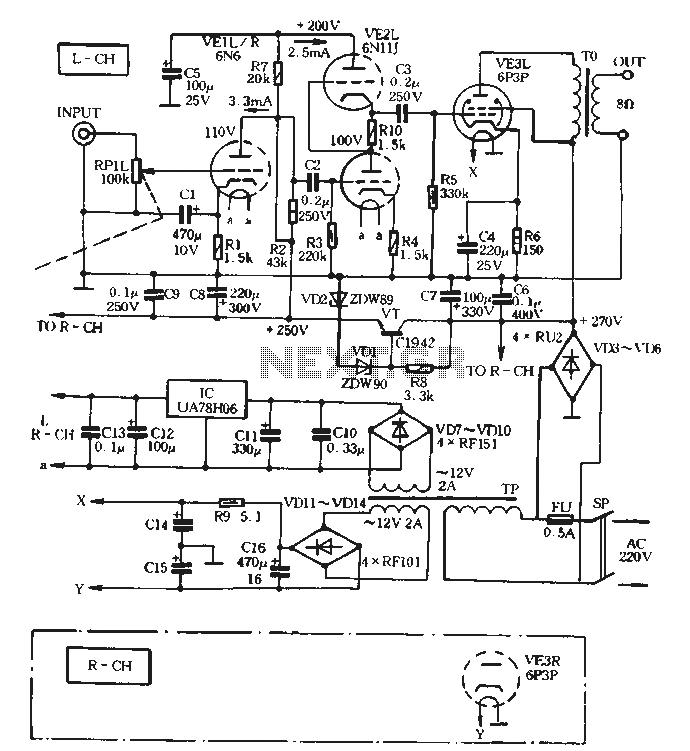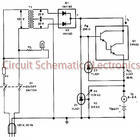
ramped magnetic field circuit for a miniature mass spectrometer
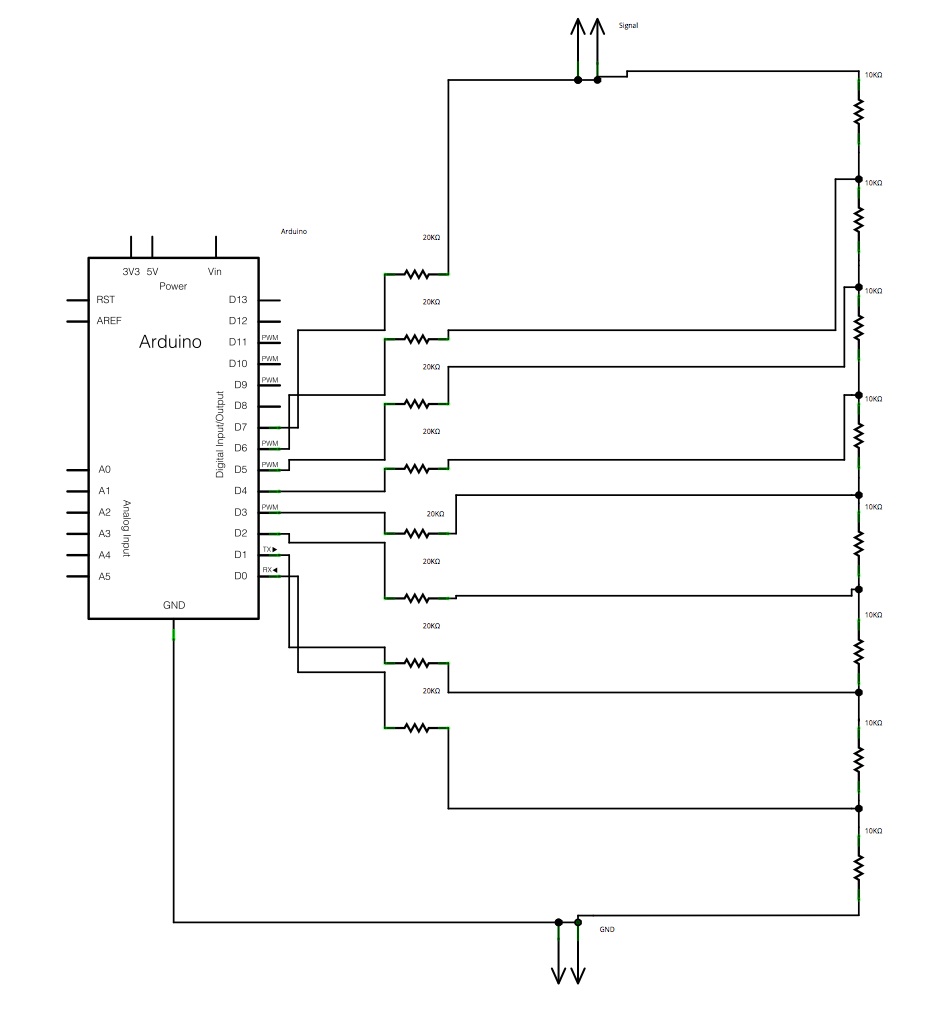
The main concept is to space the time intervals to increment the DAC output values. There are 256 levels since there are 8 digital outputs from the Arduino board. Therefore, for an 8-bit resolution and a 50-second ramp time, the method to generate a digital ramp waveform is to increment each level every (50/256) seconds. Regardless of the coding approach, a DAC is necessary to convert the digital signal to an analog signal. An R-2R ladder is a simple and cost-effective method for digital-to-analog conversion, utilizing a repetitive arrangement of precision resistors in a ladder configuration. A schematic of the R-2R ladder DAC circuit is drawn using Fritzing.
The R-2R ladder DAC is a widely used circuit for converting digital signals into analog voltages. This circuit employs a network of resistors arranged in a specific manner to achieve the desired output. The R-2R ladder consists of two resistor values: R and 2R. Each bit of the digital input corresponds to a switch that connects either to a reference voltage (V_ref) or ground (0V).
In the context of an 8-bit DAC, there are 8 digital inputs, each controlling a switch. When a switch is connected to V_ref, it contributes to the output voltage, while connecting to ground eliminates its contribution. The output voltage is calculated based on the binary representation of the inputs, where each bit represents a different weight in the overall voltage calculation. The most significant bit (MSB) has the highest weight, while the least significant bit (LSB) has the lowest.
For the timing aspect, with a specified ramp time of 50 seconds, the circuit must increment the output voltage level every (50/256) seconds, allowing for a smooth transition across all 256 levels. This timing can be managed using a microcontroller, such as an Arduino, which generates the necessary control signals to toggle the switches in the R-2R ladder.
The precision of this DAC largely depends on the tolerance of the resistors used. It is essential to use high-precision resistors to ensure that the output voltage levels are accurate and consistent. Furthermore, the circuit can be enhanced by adding a low-pass filter at the output to smooth out any rapid fluctuations in voltage, resulting from the switching of the digital inputs.
In summary, the R-2R ladder DAC provides an efficient means of converting digital signals to analog voltages, with the Arduino controlling the timing and sequence of the output levels to create a smooth ramp waveform. The schematic representation created using Fritzing visually illustrates the arrangement of the resistors and the connections to the Arduino, facilitating a clear understanding of the circuit's operation.The general idea is to space the time internals to increment the DAC output values. There would be 256 levels since there are 8 digital outputs from the Arduino board. Therefore, for an 8-bit, 50s ramp time for example, the way to generate a digital ramp waveform is to increment every level per (50/256)s. No matter what the code will be, a DAC is required to convert digital signal to analog signal. An R-2R Ladder is a simple and inexpensive way to perform digital-to-analog conversion, using repetitive arrangements of precision resistor networks in a ladder-like configuration. Now I use fritzing to draw the schematic of R-2R ladder DAC circuit. 🔗 External reference
The R-2R ladder DAC is a widely used circuit for converting digital signals into analog voltages. This circuit employs a network of resistors arranged in a specific manner to achieve the desired output. The R-2R ladder consists of two resistor values: R and 2R. Each bit of the digital input corresponds to a switch that connects either to a reference voltage (V_ref) or ground (0V).
In the context of an 8-bit DAC, there are 8 digital inputs, each controlling a switch. When a switch is connected to V_ref, it contributes to the output voltage, while connecting to ground eliminates its contribution. The output voltage is calculated based on the binary representation of the inputs, where each bit represents a different weight in the overall voltage calculation. The most significant bit (MSB) has the highest weight, while the least significant bit (LSB) has the lowest.
For the timing aspect, with a specified ramp time of 50 seconds, the circuit must increment the output voltage level every (50/256) seconds, allowing for a smooth transition across all 256 levels. This timing can be managed using a microcontroller, such as an Arduino, which generates the necessary control signals to toggle the switches in the R-2R ladder.
The precision of this DAC largely depends on the tolerance of the resistors used. It is essential to use high-precision resistors to ensure that the output voltage levels are accurate and consistent. Furthermore, the circuit can be enhanced by adding a low-pass filter at the output to smooth out any rapid fluctuations in voltage, resulting from the switching of the digital inputs.
In summary, the R-2R ladder DAC provides an efficient means of converting digital signals to analog voltages, with the Arduino controlling the timing and sequence of the output levels to create a smooth ramp waveform. The schematic representation created using Fritzing visually illustrates the arrangement of the resistors and the connections to the Arduino, facilitating a clear understanding of the circuit's operation.The general idea is to space the time internals to increment the DAC output values. There would be 256 levels since there are 8 digital outputs from the Arduino board. Therefore, for an 8-bit, 50s ramp time for example, the way to generate a digital ramp waveform is to increment every level per (50/256)s. No matter what the code will be, a DAC is required to convert digital signal to analog signal. An R-2R Ladder is a simple and inexpensive way to perform digital-to-analog conversion, using repetitive arrangements of precision resistor networks in a ladder-like configuration. Now I use fritzing to draw the schematic of R-2R ladder DAC circuit. 🔗 External reference
Warning: include(partials/cookie-banner.php): Failed to open stream: Permission denied in /var/www/html/nextgr/view-circuit.php on line 713
Warning: include(): Failed opening 'partials/cookie-banner.php' for inclusion (include_path='.:/usr/share/php') in /var/www/html/nextgr/view-circuit.php on line 713
